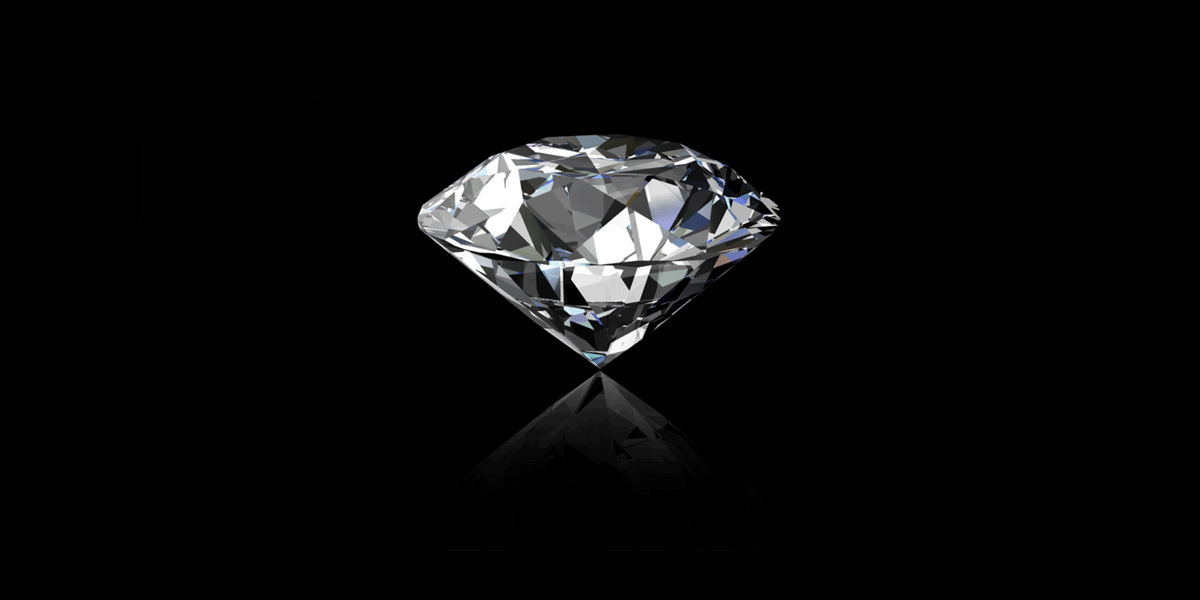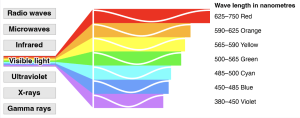

Chromotherapy (AKA Colour Therapy) utilizes colour and light to balance both the primary & subtle energy centres (chakras) in our etheric bodies. Ancient wisdom teaches us that the qualities of both colour and light are therapeutic and regenerative. We can trace this modality of healing back to the land of Khem (ancient Egypt) where the Egyptians created sun-filled rooms with coloured glasses.
Many aspects of humankind’s explorations are ignored, neglected or discarded. Color medicine is one of the neglected items. The common feature of every remedial and curative system of treatment, whether it is Ayurveda, allopathy, acupuncture, Unani, homeopathy, biochemic, magnetotherapy, physiotherapy, radiotherapy, aromatherapy, reflexology or chromotherapy, is to somehow apply vibrations of one kind or another in such a manner that the body can be put back on the health track. Most systems induce vibrations indirectly, but there are a few in which the vibrations are used directly upon the body, and chromotherapy is one of them.
Applications of Chromotherapy:
in the 1960s, and white light replaced high-risk blood transfusions in the treatment of this condition. Blue light was later found to be more effective and less hazardous than full-spectrum light (the most common form of treatment for neonatal jaundice). Comparison of blue light with turquoise for treatment of neonatal jaundice was carried out by Ebbesen (19).
Bright white full-spectrum light is also now being used in the treatment of: Cancers, SAD (seasonal affective disorder, so-called winter depression), anorexia, bulimia nervosa, insomnia, jetlag, shift working, alcohol and drug dependency, and to reduce overall levels of medication. Schauss worked on the tranquilizing effect of colors and found that color reduces aggressive behavior and violence (20).
Chromotherapy is now used to improve the performance of athletes;
whereas red light appears to help athletes who need short, quick bursts of energy, blue light assists in performances requiring a steadier energy output.
Research also confirmed that certain parts of the brain are not only light sensitive but actually respond differently to different wavelengths; it is now believed that different wavelengths (colors) of radiation interact differently with the endocrine system to stimulate or reduce hormone production (22).
*Sited from NIH National Library of Medicine
